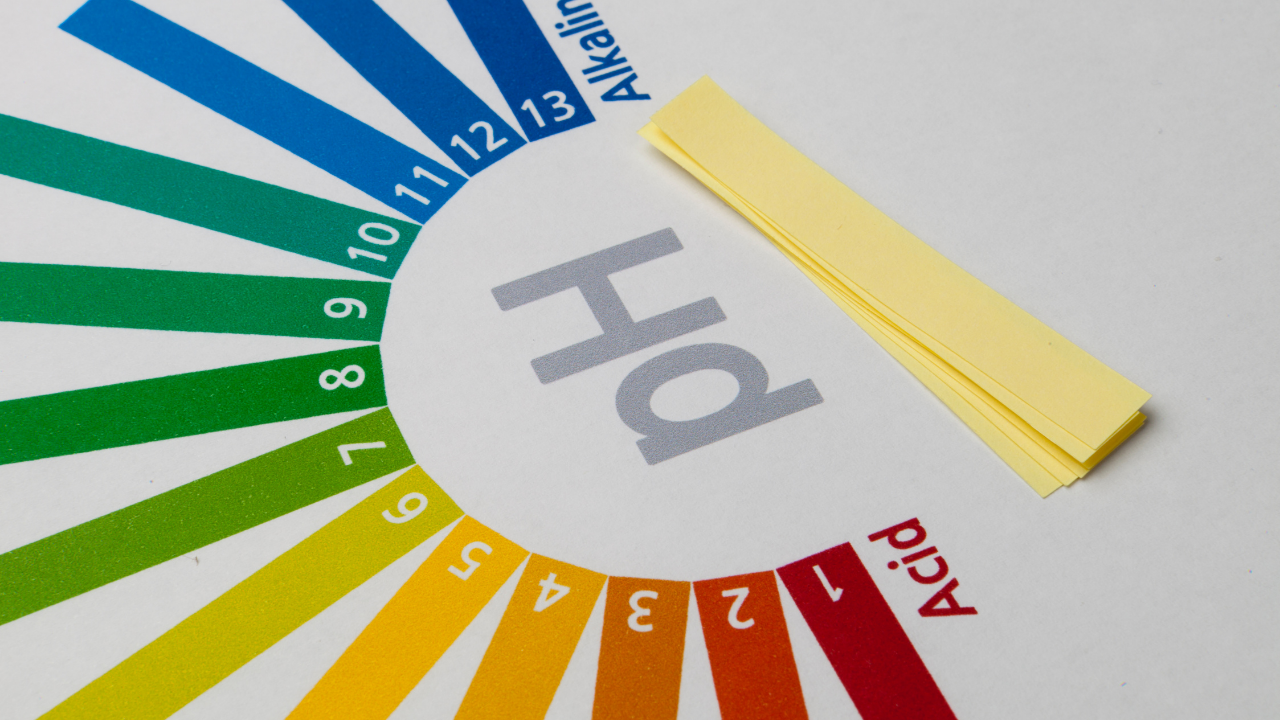pH
The pH is a measure of the level of acidity of water or another solution. A pH of 7.0 is neutral. Values less than 7 are acidic, and those more than 7 are basic. Weak organic acids lower pH slightly. pH is affected by carbon dioxide (CO2) because CO2 in water forms a weak organic acid called carbonic acid. Strong mineral acids (e.g. sulfuric, nitric and hydrochloric acid) can lower the pH to lethal limits for aquatic life. The pH of water can change throughout a season or even within a day. The optimal pH range for aquatic life is 6.5 to 8.5 or 9.0. pH less than 4.0 or more than 11.0 is usually lethal to fish and other organisms. Natural waters reflect the pH of the soils that have come into contact with the water. Industrial, municipal or agricultural waters may have significantly higher or lower pH than natural waters. Decreases in pH could indicate acid rain, runoff from acid soils (e.g. acid mine drainage) or contamination from livestock waste.

Low pH levels reduce the solubility of calcium carbonate inhibiting shell growth in aquatic organisms. Fish struggle to reproduce, become susceptible to fungal infections and other physical damage, and if pH drops below 4.0 is deadly. Amphibians are vulnerable to low pH, probably because their skin is sensitive to pollutants. Streams draining forests and marshes are often slightly acidic due to the presence of acids produced by decaying vegetation in the soil.

High pH levels in water can damage gills and skin of aquatic organisms, cause inability to dispose metabolic waste, and cause death at levels over 10.0. Since photosynthesis occurs only when light is present, the highest pH in waterbodies with dense algae often occurs in the late afternoon. A shift of pH in either direction from neutral may indicate the presence of a pollutant in the stream. A sudden change in pH of 1.5 unit or higher in water could kill about 50 percent of the fish in the water.
